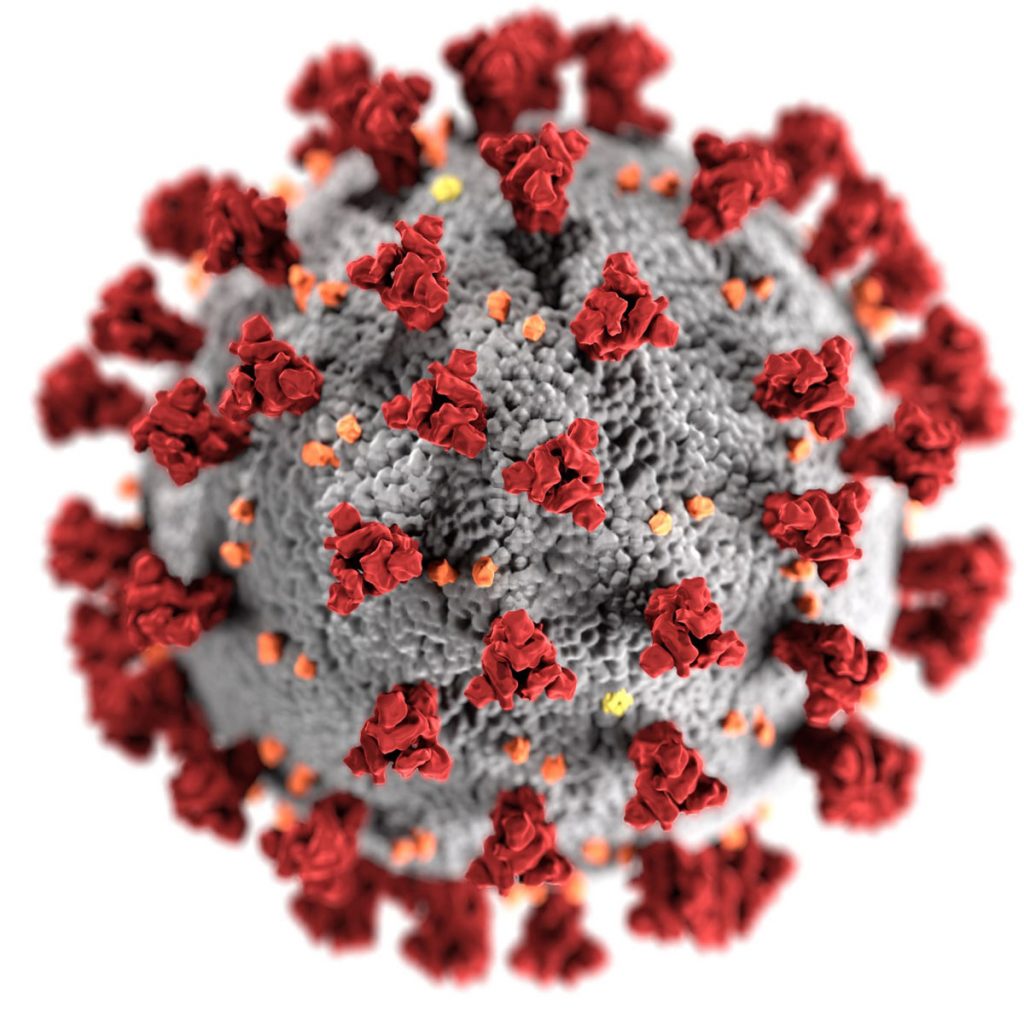The entire world is enduring a mass global pandemic through COVID-19. Everyone has and continues to be impacted, forcing a worldwide shift in the way people protect themselves and their community. To combat the spread of this virus and to flatten the curve personal preventative health risk measures like self-isolation, quarantine, and physical social-distancing have been instituted worldwide. As a result of this global crisis, the world economy has had an adverse impact on businesses and corporations both big and small.
In response to the current COVID-19 climate, globally, every business and advertiser has been forced to pivot, reassess, restructure, roll out new media plans to combat this international crisis, and adapt how business is conducted.
While the “Stay Home” movement is long underway, it is everyone’s hope that COVID-19 will mean short-term change for (society and) businesses, but for those who do not react, adjust, and move forward, the impact could create long-term effects and a potentially detrimental overall impact on any business.
While strategies, approaches, and specific plans are unique to any given business, no matter what type of business, here are some things to consider when looking to pivot and press forward with your business marketing initiatives during this difficult period.
In part 1 ‘Why to Change Your Message’, there were a series of elements related in the current global climate to consider when looking at the reasons to change your message including:
- The tone of the message
- The phrasing of the message
- Evaluating the current climate or the world and your audience
- Adjusted corresponding creative
- Appropriate call-to-action
- Relevancy
How To Change Your Message
It is important to look at the full scope of marketing initiatives that are (or were) in-market. One of the more challenging things to do might be to take a step back to evaluate with an unbiased view – Considering everyone has been directly impacted by COVID-19, it shouldn’t be too hard to relate and empathize with people both during this global pandemic and in its aftermath.
Everywhere around the world people are sick and dying, out of work, confined to their homes, and dealing with the stresses of uncertainty.
Understanding that, do marketing efforts make sense? Will anyone be offended? Will integrity be brought into question?
Generally speaking, there are six types of messaging strategies commonly used in advertising. Offering a unique selling proposition, brand or product market positioning, preemptive messaging, generic category selling, image/lifestyle association, and emotional messaging – These types of messaging strategies are all applicable and should be looked at to bridge to a (hopefully not so distant) post-COVID-19 era. That said, these universal ad messaging strategies need to review with some added sense of sensitivity
Be smart and safe. Strip away any and all fluff and wordplay. Don’t come across as pushy with urgent immediacy (unless it can be factually backed up) – There is a difference between the Red Cross’ urgency to get eligible blood donations versus any urgency to purchase any product. The use of phrases like “before it’s too late” will resonate with an audience in a completely different way when being applied to donating blood in contrast to purchasing a consumer product like a new handbag.
Focus on being direct with a clear marketing message. While this is something that should be part of any digital marketing initiative, it is important to highlight and reiterate.
In addition to having a clear marketing message, make sure all messaging is relevant to the global and economic climate, and it’s probably safest to stay away from any type of comic relief. Most importantly is to never forget to put yourself in the shoes of your audience – While everyone is experiencing this global pandemic, not everyone is experiencing or sharing the same experience during COVID-19.
When looking at the components and structure of your digital ad, break things down into their individual elements to review and edit. The structure of most Facebook or Responsive Display ads feature creative, headlines, body copy, subtext, and call to action – Take a look at each of those components, and adjust accordingly.
Focus on digital and virtual experiences with your audience with more direct one-on-one communication (via phone, email, text, messenger, etc.), with “pre-purchase” planning, information, and support.
When looking at potential any creative that may need to be adjusted to avoid any type of negatively associated connotations. Adjusting visual elements as it relates to social distancing or that might come across as contradictory to The “Stay Home” Movement (consciously or subconsciously) are important to address. That said, developing any new location-based photography or video isn’t totally realistic for most, unless your business has the in-house tools and team to coordinate a somewhat independent collective effort – Which still is possible (just not in the same way your business might be accustomed to), so be flexible. However, with that in mind, there are other short term solutions that can be put in place. Source “old” creative from your database, there might be a diamond in the rough. Something that might not have made the cut before, might be perfect now. Look to the world of Stock footage – A good designer or editor can recut, tweak, or modify something to make it truly original.
*Please note any potential specific pivoting elements and tactics are more prone to actual product offering and are discussed and reviewed in a subsequent article(s) in our blog section.
This is certainly an unprecedented moment in history that we hope will never repeat, and like everyone out there we too feel a great responsibility to offer ourselves and expertise to help wherever we can – helping our clients, our partners, and our community.
Please feel free to reach out with whatever challenges you or your business are facing right now with your marketing, advertising, or general issues surrounding this global crisis.
